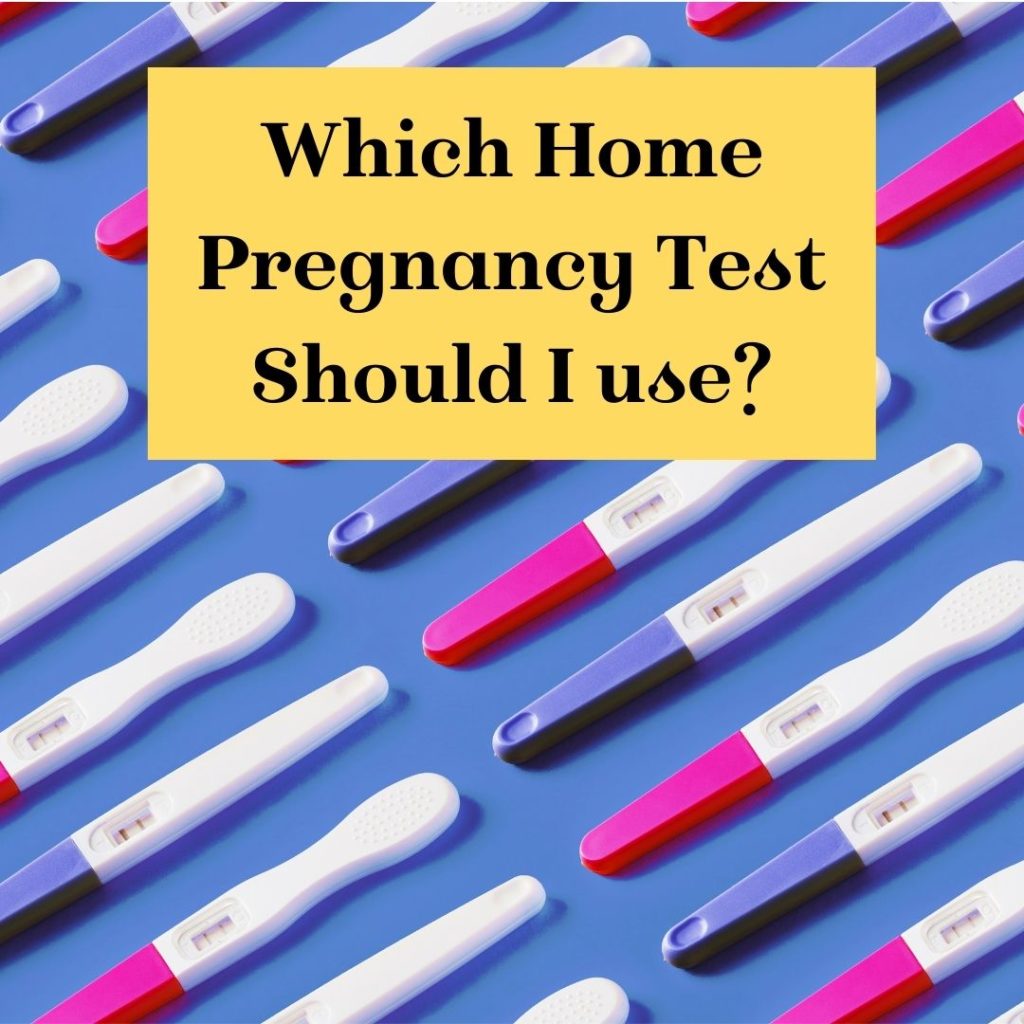If you’ve been buying pregnancy tests for a while, you are probably aware that most big-name pregnancy tests are made from over 90% plastic. But why so much plastic, and what benefits you as a user? One of the main reasons Hoopsys founder Lara developed the eco pregnancy test was to find out if it was actually possible to produce an accurate pregnancy test that’s just as accurate as the rest but not made of plastic that takes decades to break down in a landfill.
In this article, we will look at exactly what is inside a plastic pregnancy test and how it differs from a Hoopsy eco pregnancy test.
The Problem With Plastic Pregnancy Tests


Most people would totally be forgiven for thinking that one tiny little pregnancy test won’t make a massive difference to the thousands of tons of plastic waste that goes into landfill in the UK. However, when you consider the bigger picture that over 12.5 million plastic pregnancy tests end up in landfill every year, the picture looks quite different. To put it in perspective, 12.5 million pregnancies are the equivalent of the following:
- 1061 refrigerators
- 1500 washing machines
- 8000 televisions
- 1200 bicycles
- 5040,000 plastic bottles
When it’s put like that, it highlights how big the problem is. Each and every pregnancy test takes up to 30 years to break down in a landfill. It’s a huge problem that needs addressing. One of Hoopsy’s goals is to reduce the number of plastic tests that end up in landfill by offering a sustainable, environmentally friendly alternative.
So what’s actually inside a plastic pregnancy test?!
Plastic casing – holds it all together and looks pretty. However, serves no real function except to house the pregnancy test components.
The absorbent tip – that’s the part you wee on or dip in urine that is held in place by the plastic casing.
Test strip – containing Hcg antibodies. This is connected to the absorbent tip and picks up any hcg in the urine to give a positive or negative result.
Some tests have a piece of foam in as well as a round piece of plastic that looks like a pill (but it isn’t!)
Plastic lid to protect the absorbent tip
If you choose a digital pregnancy test, the components also include a circuit board and a battery.
When we consider all of these components, over 90% are made of plastic. The only not plastic part is the test strip which, unfortunately, still has a plastic coating on it.
Do Pregnancy Tests Need To Be Plastic?
The short answer is no. There is a better way. Hoopsy has developed one of the only eco-friendly pregnancy tests available in the UK market today. Our eco-friendly pregnancy tests are made of 99% paper and are over 90% accurate. They work in exactly the same way as the market-leading midstream pregnancy tests! Check out Lara’s video here, which clearly shows the difference between a Hoopsy test and a market-leading plastic one!
Just because plastic pregnancy tests have become the norm doesn’t mean it always has to be that way. It’s time to realise there is a better option. So help us make the world a better place one pregnancy test at a time by trying Hoopsy next time you need to stock up on pregnancy tests.




